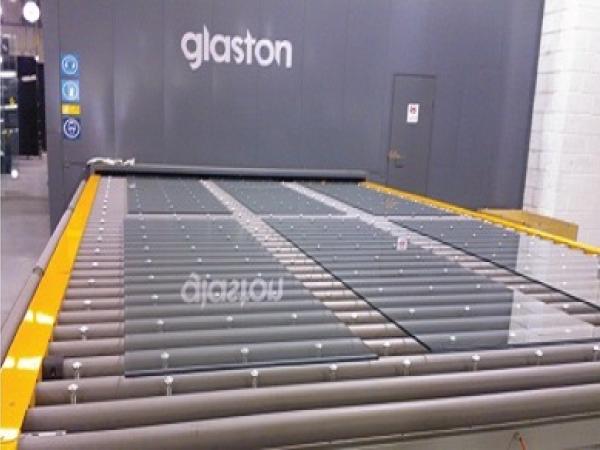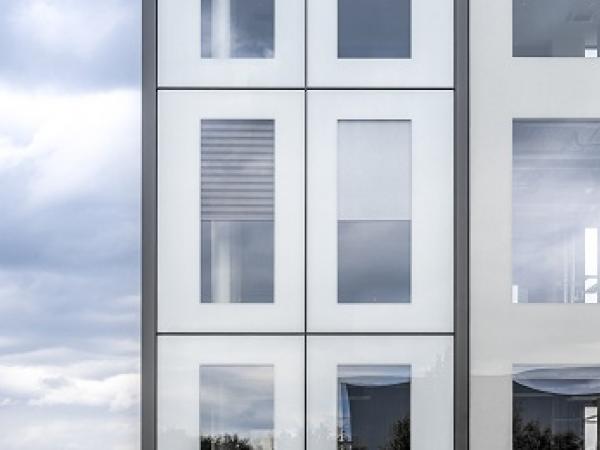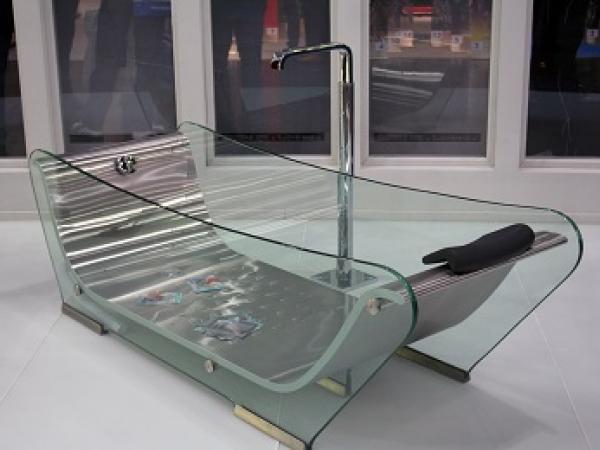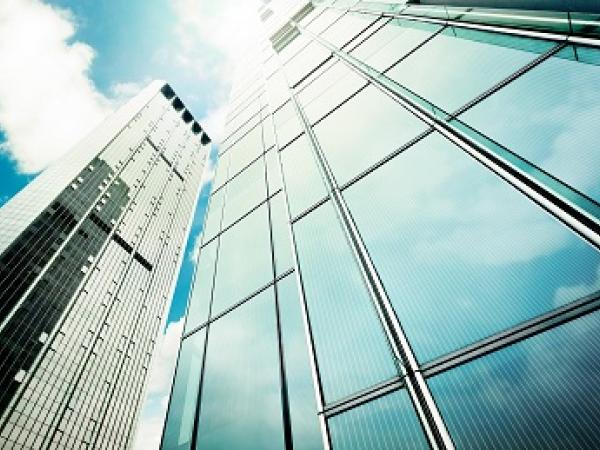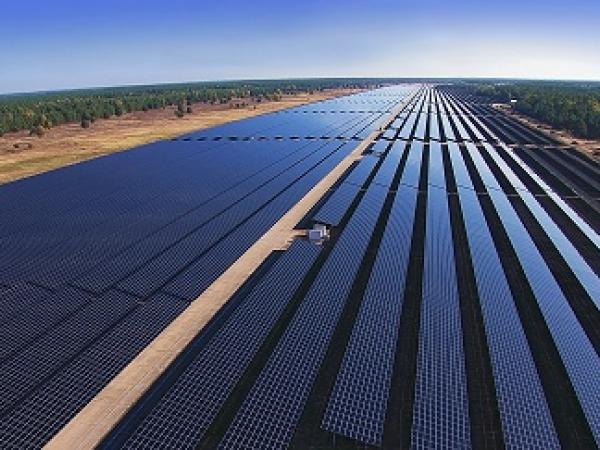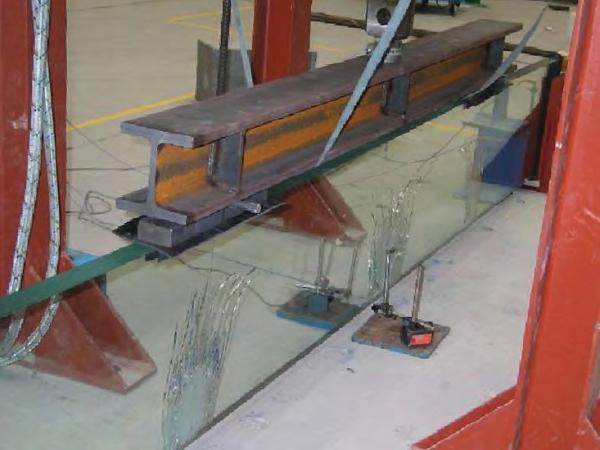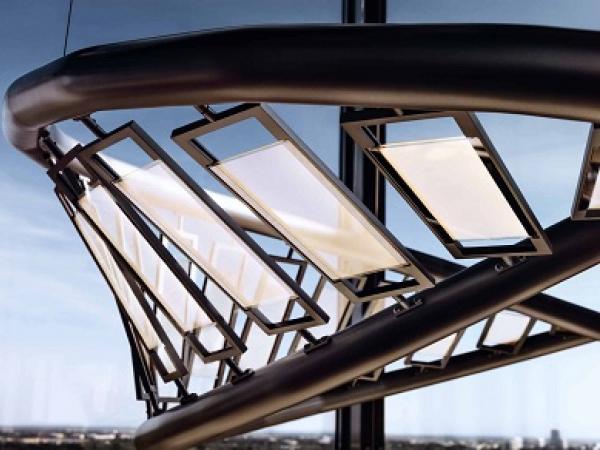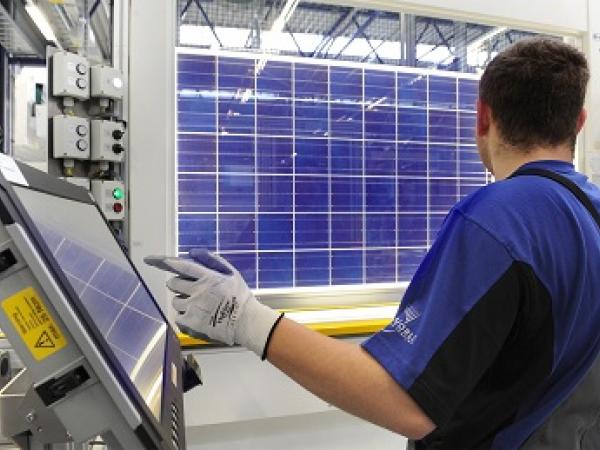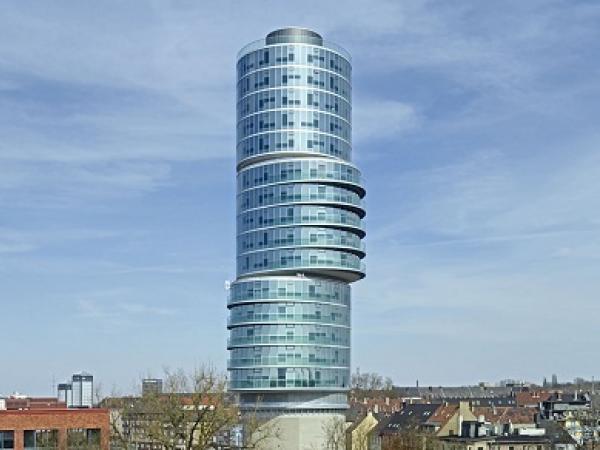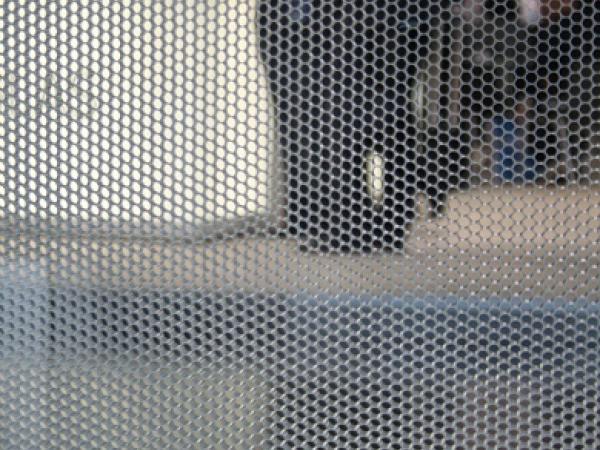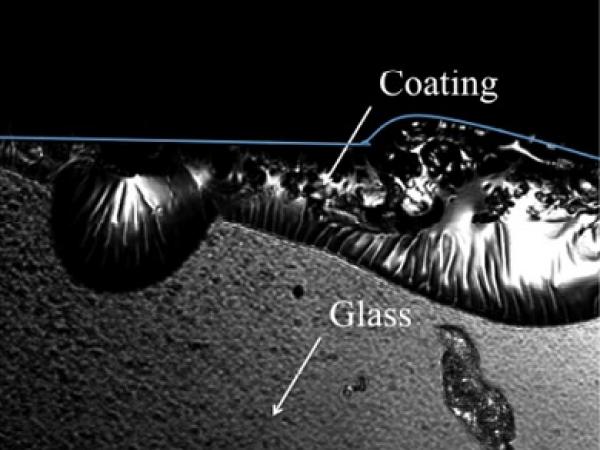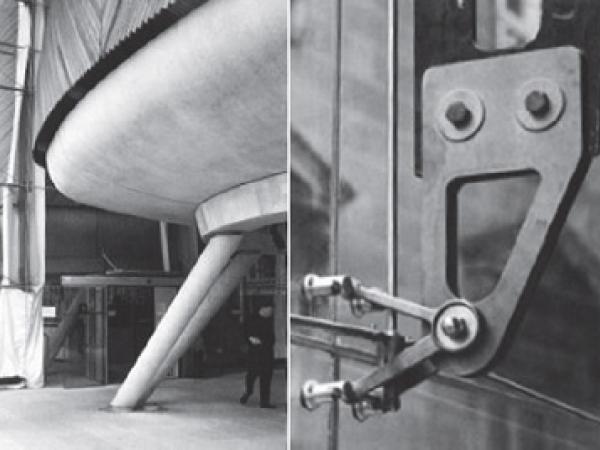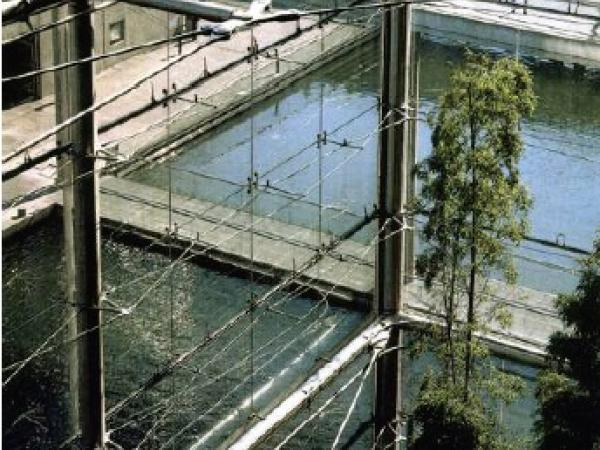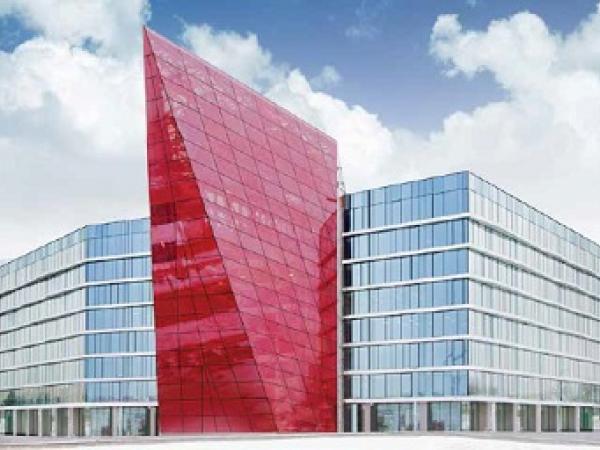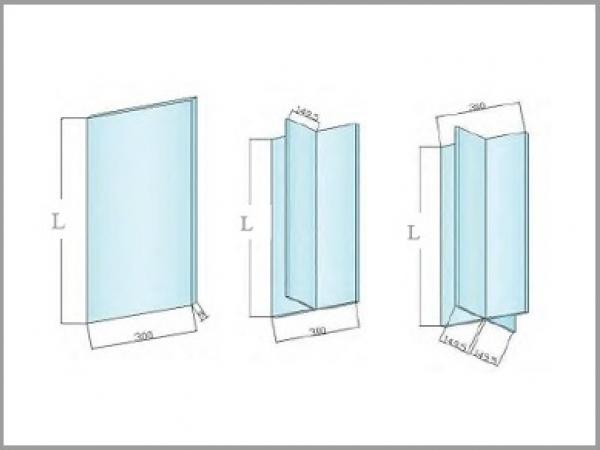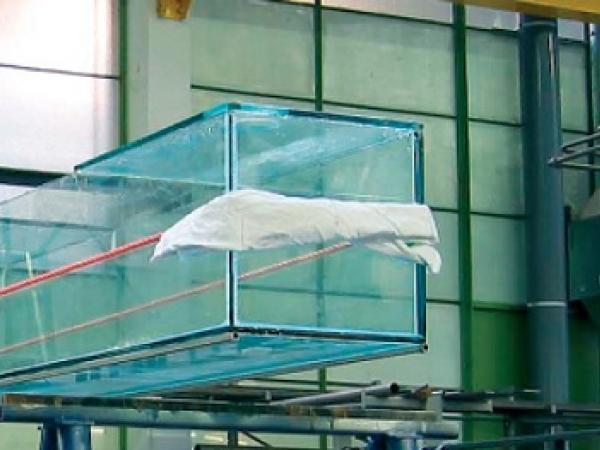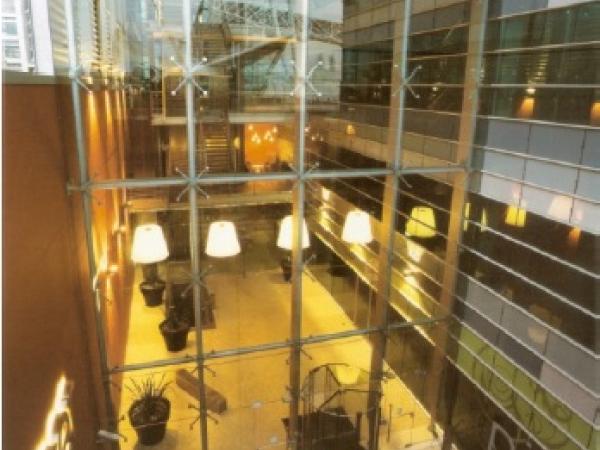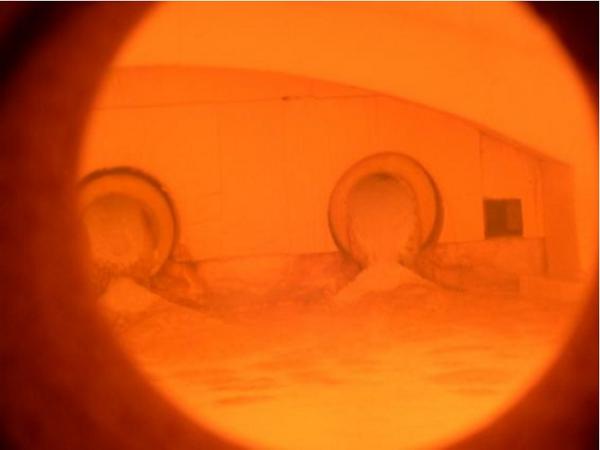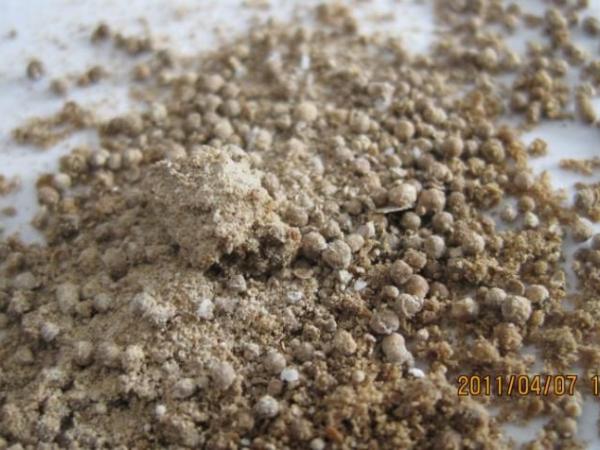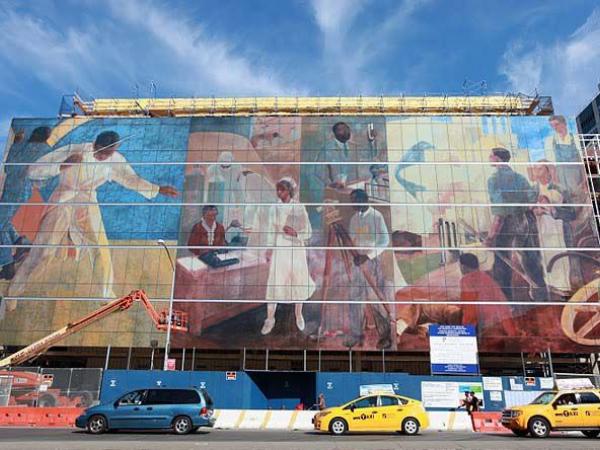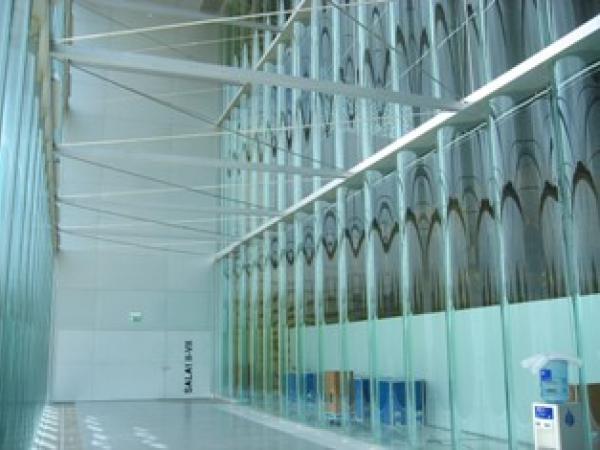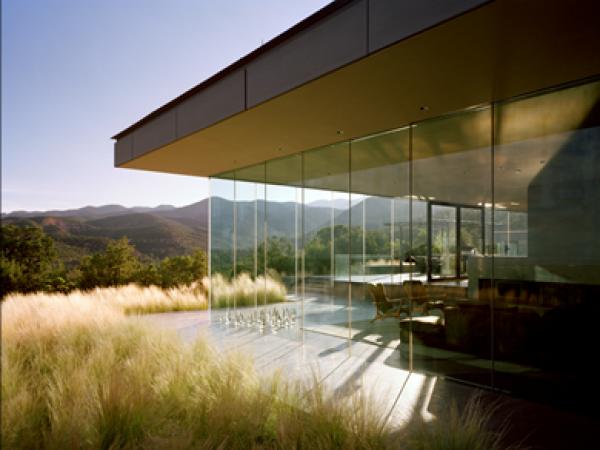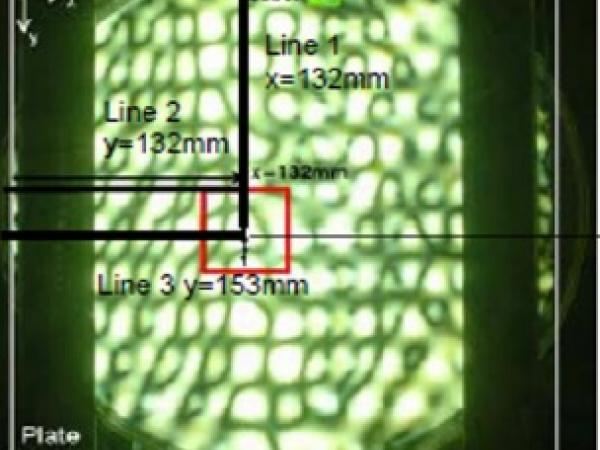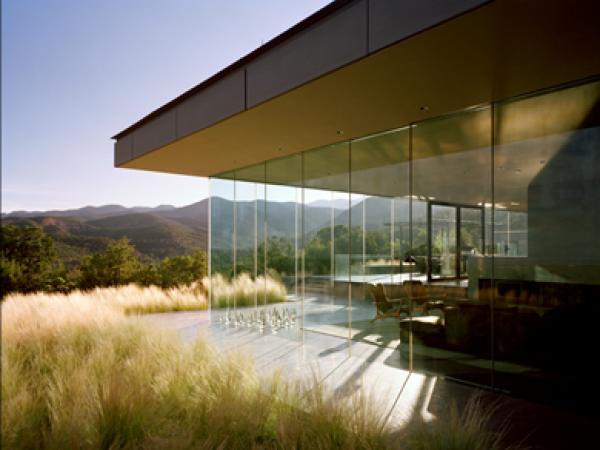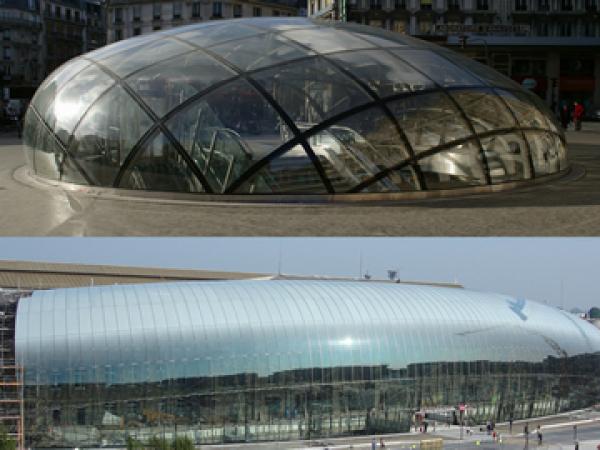Others also read
| Sanshiba Shozai of Japan chose to be the first glass processor in the world to invest in Glaston’s latest GlastonInsight™,the intelligent online assistance system, at the same time as it ordered the Glaston RC350™ tempering furnace.
| Over half the world’s seven billion inhabitants live in cities, by the year 2050 the number will grow to almost ten billion. In order to avoid a climatic collapse in the metropolises, there is no other alternative to energy-efficient buildings.
| In just two and a half decades glass has very quickly made the transformation from simple window glass to an almost universally applicable material.
| Cities are eating up an increasing amount of heat and electricity. In order to reduce this consumption, buildings have to become increasingly efficient and integrate more renewable energies.
| The crisis of the photovoltaic industry is drawing to a close. While it is true demand for solar modules is dropping in Europe, demand in many other regions is rising rapidly.
| Although the standard glass design strategy is redundancy, we pursue a safer way to ensure the robustness of transparent glass beam structures.
| Thanks to on-going research and development efforts glass products can take on ever new functions.
| Although the costs for solar power have come down considerably lately, photovoltaics are still unable to compete with conventional energy sources.
| Finding ways to improve energy efficiency is one of the greatest challenges facing contemporary architecture.
| High-performance functional glazing has a significant impact on the energy efficiency of buildings and their level of usability or life quality. Experts agree that increased demands will lead to improved functionality of the glass products used in facades.
| In modern buildings, glass is increasingly used as a load-carrying material in structural components, such as glass beams. For glass beams especially the edge strength of glass is important.
| Despite the increasing research activity on structural use of glass in the past years, there is still a lack of comprehensive design codes and standards linked to real-life applications on a structural level. However, more and more ambitious buildings and structures are built every year.
| This paper intends to present how applications of structural glass systems have evolved in HDA’s projects since the author’s intial work at La Villette with Peter Rice and RFR.
| The new HQ for the Belarusian Potash Company (BPC) is a staggering example of glazing being deployed to maximise light and colour.
| A series of four-point bending tests were carried out on monolithic and laminated panels in order to evaluate the ultimate tensile stress of the glass considered and the effective level of connection between the glass foils.
| The article presents an overview of research and applications of glass as structural material, cooperating with other materials: steel, timber, glass or carbon fibre composites.
| Currently modern facade buildings rely on glazed curtain wall systems. These systems include either singular aluminium alloy frame glass curtain walls or frameless glass curtain walls. This is the case of the so called spider fixing systems, which are pointed supported.
| Melting glass is a very energy intensive process, with process temperatures of more than 1600°C required to melt the raw materials in the furnace.
| Insulating glass desiccants with different components give quiet disparate quality performances.
| Modern digital printing technologies using ceramic inks are providing new interesting opportunities for longlasting decorations and optical effects on glass.
| Corrugated glass is flat glass bended in the furnace into a certain shape.
| In the façade industry, glass panes have been bonded to aluminium frames with UV-resistant silicone adhesives for 40 years with almost unchanged mechanical strength.
| The paper shows that the residual stress at the surface of tempered glass panels may vary both locally and globally, i.e., stresses near the edges and corners of the panels may be considerably different from the stresses in the middle part of the panels.
| The canopies are a composite construction between both steel and glass, leaving no element without stress or structural function.
| Case Studies in Optimization of Glass-panelized Architectural Freeform Designs for the Eiffel Tower Pavilions

